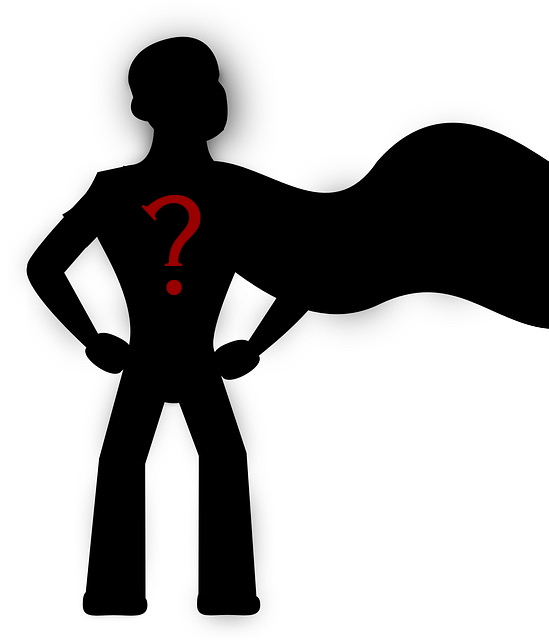Real superheroes are often in disguise…
They are real people who do extra-ordinary things. I like to bring the superhero ideas into the classroom…
Last year I wrote about superheroes in the classroom.
Below I share:
• Three real superheroes
• A CBC clip about a teacher who brings superheroes to her classroom
• Ideas for using superheroes to meet curriculum expectations
Like Gladys West, who developed the mathematics behind GPS technology. She overcame enormous hurdles to set the groundwork for technology that many people in North America and Europe take for granted. Hurdles? She’s an African American woman who grew up in the 1920’s when women and people of African heritage were not supposed to shine. She shone brightly in the world of mathematics but did not receive much recognition for her work until recently.

Image by Clker-Free-Vector-Images from Pixabay
Or mild mannered Mr. Rogers and “Officer” Clemmons who battled racial segregation on mainstream television in a gentle and welcoming way by sharing the spotlight and a pool in the children’s tv show. Today, that’s not so unusual. In 1969, in America, that was unheard of. But it helped challenge deep seated bigotry in the USA.
Or Cecilia Payne, born in 1900, who proposed groundbreaking astrophysical theories against all odds. Her mother refused to pay for her education. She was a woman working in a man’s field. Other scientists denounced her theories. But she persisted and lay the groundwork for modern understanding of our universe.
I like using real superheroes in the classroom. Links to literacy, art and character education offers all kinds of unit plans with backward design.
Start by finding the end result – a real life superhero – and work backwards to research who they are and what makes them tick. Extend the activity to connect to the student’s self – what are the student’s hidden superpowers?!
Others, like Marjorie White (featured in the CBC clip below), use superheroes to motivate students:
Who are your real life superheroes?
Who do you admire?
What is YOUR super power?!
